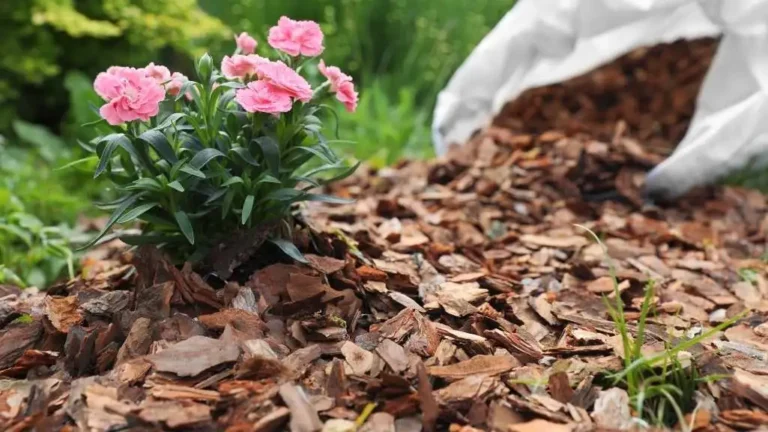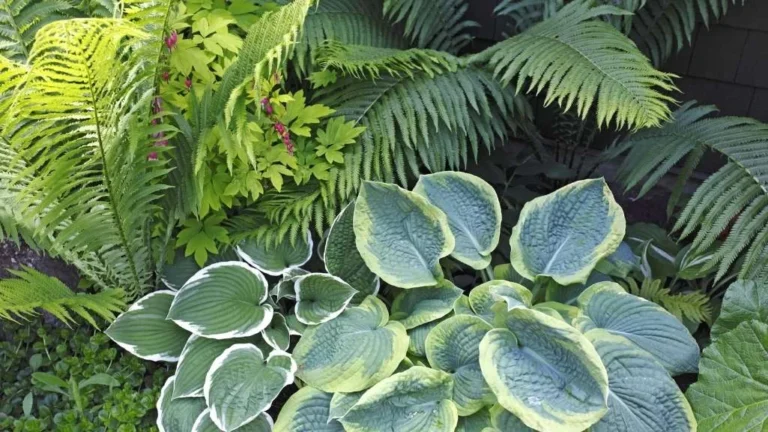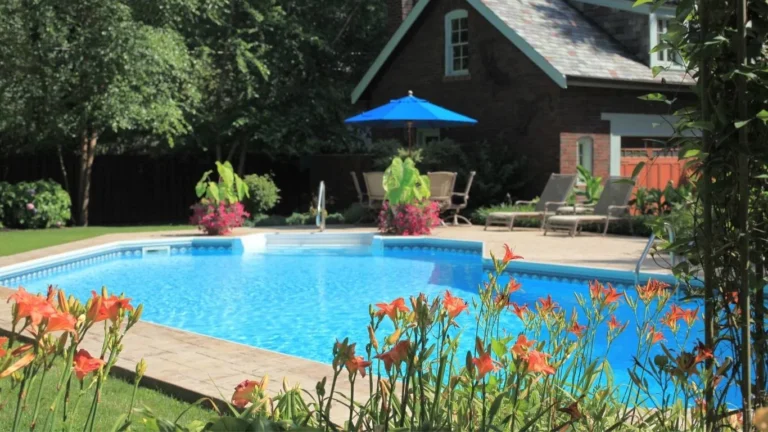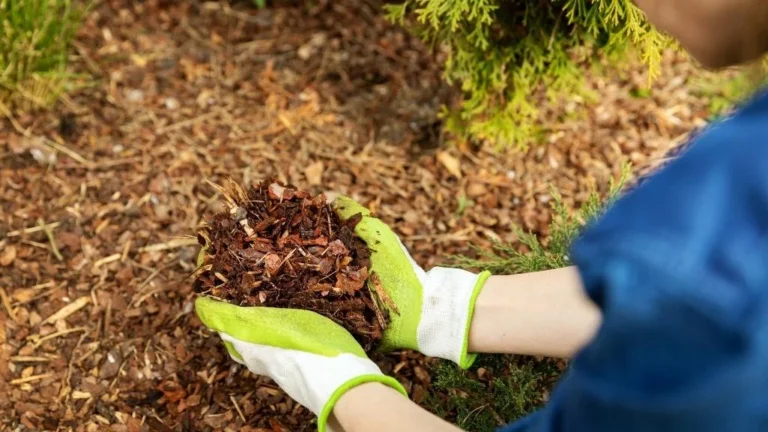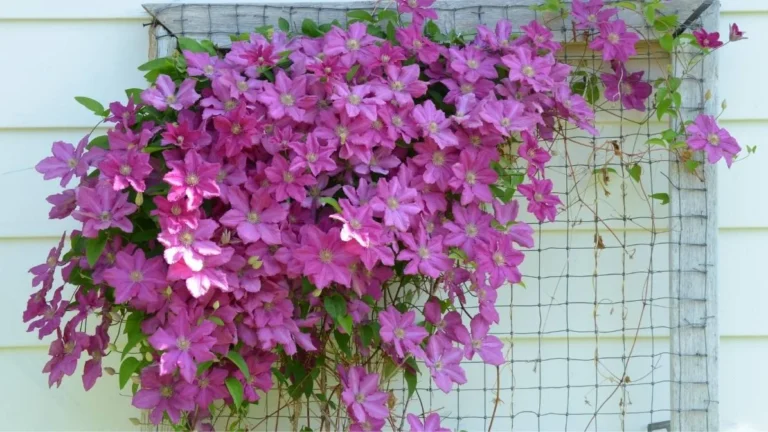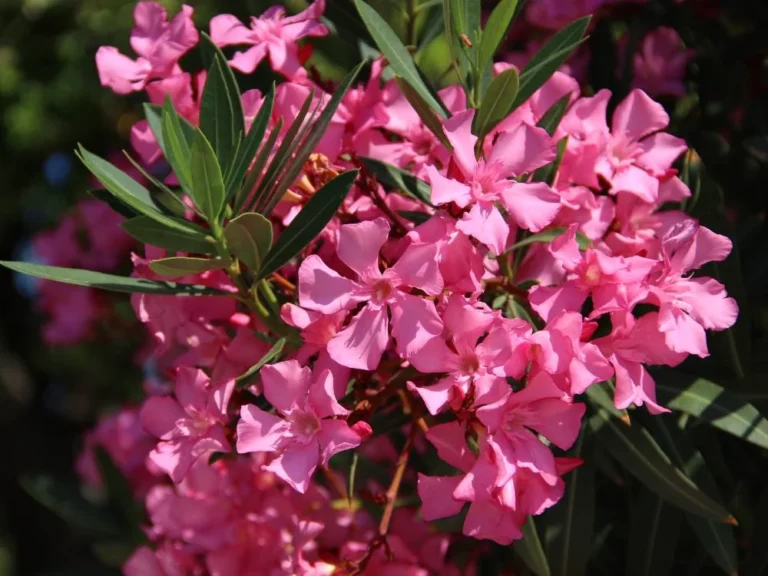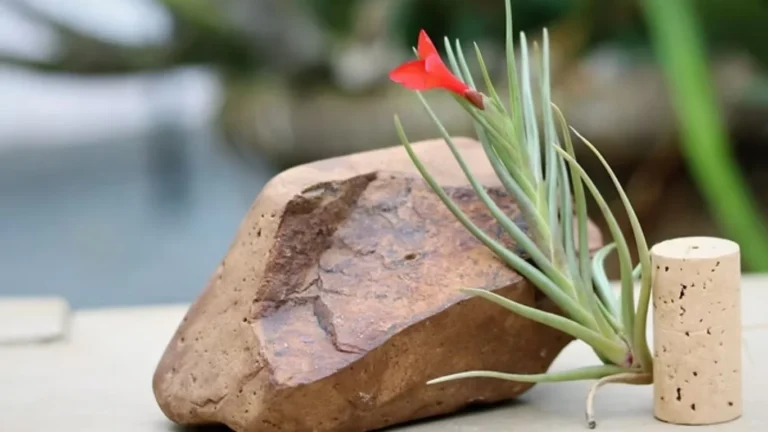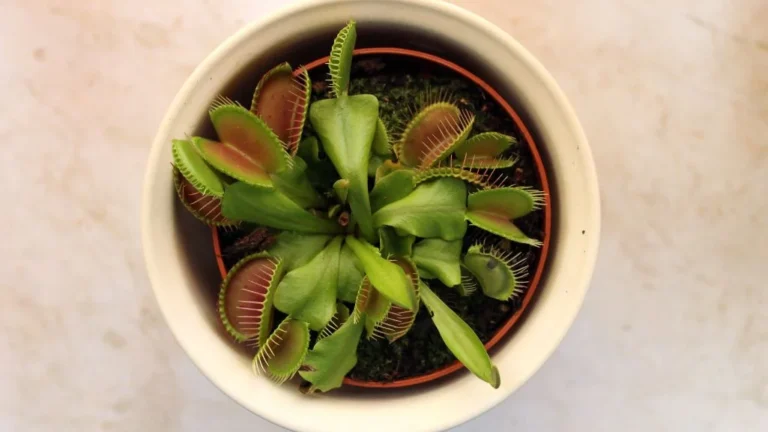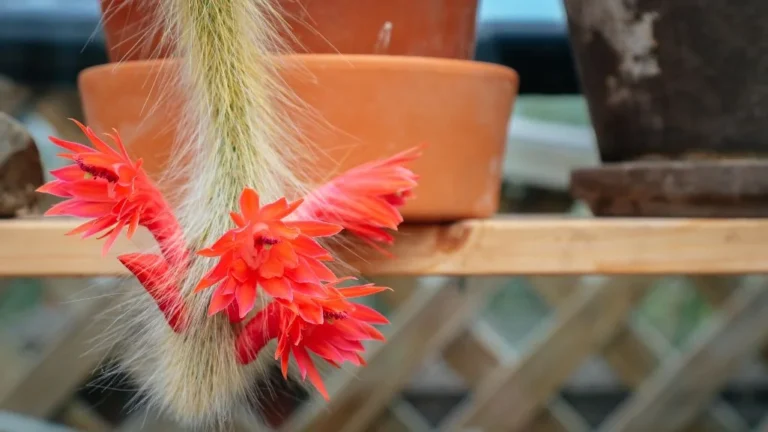There was a time when I was fascinated by rare plants, and at that time, I heard about Begonia Mallacoota. Its beauty and unique characteristics captured my attention and made me more inquisitive. I started researching this plant and learned many facts. In this article, I will share my knowledge of Begonia Mallacoota, not only a plant that makes me curious every time but also a plant with uniqueness.
Origin and History
The Begonia Mallacoota belongs to the vast Begonia genus. We all know begonia is famous for its vibrant flowers and leaf pattern. It has over 1,800 species, among them Begonia Mallacoota is one. Begonia Mallacoota is often seen growing in the tropical and subtropical regions across the Americas, Asia, and Africa.
During the 19th and 20th centuries, begonia breeders started combing the best traits of various begonia species, and thus, the begonia Mallacoota was created.
Why is it rare?
Begonia Mallacoota is rare because it grows in a limited geographic area and is hard to find. Its unique appearance and high demand among plant collectors add to its rarity, as it’s not commonly available in nurseries or gardens.
How Begonia Mallacoota Looks
Leaves
Begonia Mallacoota has unique leaves that sometimes mix deep green, silver, or even reddish colors with interesting patterns or veining. The leaves feel smooth or a bit fuzzy and have a shiny appearance.
Stem
Its stems are thick and fleshy, which helps the plant hold water, and they can be greenish or reddish, growing straight up or trailing down depending on where it’s planted.
Flower
The flowers are small and delicate, usually in shades of white, pink, or red, and have a simple, cup-like shape that grows in clusters on slender stems.
Growing Conditions for Begonia Mallacoota
Sunlight for Begonia Mallacoota
Begonia Mallacoota is a tropical plant requiring bright, indirect light. It needs bright light for energy and to keep the vibrant leaf color intact. On the other hand, light should be indirect; otherwise, the heat can burn the leaves.
Where to keep the Begonia Mallacoota?
For indoors
I suggest keeping it near an east or north-facing window. However, you should adjust the light exposure according to the seasons. For example, during the hot summer days, I use sheer curtains and, in winter, grow lights if needed.
For outdoors
If you want to grow begonia Mallacoota outdoors, it’s best to place it under shade or semi-shade. I have kept my plant in a spot where it gets only the soft morning sun and is shaded by the stronger afternoon rays. If you want to do the same, place it in an east-facing outdoor spot.
For outdoor placement, always be careful about strong winds and heavy rain. Give the plant proper protection from any incident that can harm the plant.
Pro Tip
Plant Begonia Mallacoota in portable planters so you can quickly move it to the best spot, depending on the season and light conditions.
Hardiness Zones for Begonia Mallacoota
USDA Hardiness Zones
Begonia Mallacoota thrives in USDA zones 10 to 12, where the temperature typically does not go under 10°C (50°F). So, if you are from this zone, you can cultivate begonia Mallacoota in an outdoor environment throughout the year.
Cooler Zones
If you live in a place where the temperature goes below 10°C during the winter, move the plant indoors because frost and low temperatures can hurt the plant.
Ideal Temperature for Begonia Mallacoota
Begonia Mallacoota thrives in temperatures between 18°C to 24°C (65°F to 75°F).
What to do in extreme conditions?
- If temperatures drop below 10°C (50°F), move your Begonia Mallacoota indoors. During this time, avoid overwatering because the soil retains more moisture than usual in cold temperatures.
- And for temperatures above 30°C (86°F), keep the plant under shade and increase humidity by misting or using a humidifier. During this time, water the plant in the early morning or late afternoon when temperatures are cooler. This helps reduce heat stress and ensures the roots absorb moisture effectively.
Humidity Requirement
In the natural environment, begonia Mallacoota grows in a high-humid environment. So, to make this plant thrive, you should provide it with 60-80% humidity.
How to maintain in a dry climate?
- Put the plants in a group.
- Mist the plant from time to time.
- Use a small humidifier near the plant to maintain moisture levels.
- Place the pot on a tray filled with water and pebbles, ensuring the base doesn’t touch the water, to increase humidity naturally.
Best Soil for Begonia Mallacoota
A perfect soil mixture is the most important thing to make your Begonia Mallacoota thrive. So, what qualities should the soil have to be the effective one?
Well-draining soil
Begonia Mallacoota prefers soil that drains well to prevent water from sitting around the roots. A good mix should include ingredients like perlite or sand to improve drainage.
Rich Organic Matter
Using soil rich in organic material, like peat moss or compost, helps provide essential nutrients for your plant. This encourages healthy growth and vibrant foliage.
Soil pH
Begonias generally do well in soil with a slightly acidic pH, ideally between 5.5 and 6.5.
Soil Mixture
I use the following components in the following ratio
1 part potting soil
1 part peat moss or compost, and
1 part perlite or coarse sand.
Choose the Right Container
You must consider the following factors when choosing a container for your begonia Mallacoota.
- Begonia Mallacoota prefers well-draining soil, so your container should have drainage holes at the bottom. This prevents water from pooling, which can lead to root rot.
- A shallow, wide container is generally better for begonias, as they have a relatively shallow root system. This allows roots to spread out without sitting in water.
- Choose a container that’s slightly larger than the root ball of your Begonia Mallacoota. The pot shouldn’t be too big, as excess soil can retain water and cause issues. A pot that’s 1-2 inches wider than the plant’s current root system is ideal.
When and How to Water Begonia Mallacoota
Typically, I water my plant when the top 2 inches of soil feels dry because Begonia Mallacoota requires slightly moist soil. And I suggest you to do the same. I dig my finger in the soil to check whether it feels dry.
I always water my Begonia Mallacoota in the morning so the extra moisture in the soil can evaporate throughout the day. During watering, I ensure that every part of the soil absorbs water by allowing water to flow out of the drainage holes. I also empty the saucer so the plant does not sit on water for too long.
Pro Tip
When watering, try not to splash water on the leaves, as this can lead to fungal issues like powdery mildew.
Fertilizer
Fertilizing your Begonia Mallacoota is important for supporting its growth. So, you should know when, what, and how to fertilize.
When to fertilize?
Begonia requires fertilizer during its growing period, which is spring and summer. Because in this period, the plant grows new leaves and blooms, it needs essential nutrients to support its growth.
Do not fertilize your plant during winter and fall as the plant goes dormancy at this time, and putting fertilizer can burn the roots eventually.
What fertilizer to use?
A balanced fertilizer (like 10-10-10 or 20-20-20) works well for begonias. Always dilute the fertilizer to half the recommended strength. Begonia roots are sensitive to over-fertilization, so a weaker solution ensures you don’t burn the roots.
If you prefer less frequent feeding, a slow-release fertilizer can be applied once at the beginning of the growing season. It gradually releases nutrients over time, providing consistent feeding.
How to fertilize?
I always water my plant before feeding it to prevent root burn. Then, I pour the diluted fertilizer around the base of the plant, ensuring it reaches the soil without splashing on the leaves.
I fertilize my Begonia Mallacoota every 2-4 weeks during the growing season.
Pruning
Pruning is a routine maintenance that lets your Begonia Mallacoota thrive. Over time, begonias can become a little wild, with stems stretching out and some leaves losing their vibrancy. By pruning, you’re helping the plant focus its energy on new, healthier growth. Plus, it improves airflow around the plant, reducing the chances of disease.
Best time to prune
The best time to prune your Begonia Mallacoota is its active growing season, which is in spring and summer. This is when it’s at its strongest, ready to bounce back from any trimming. In contrast, it’s best to avoid pruning during fall and winter when the plant rests.
Pests
Pests can be a real headache for your Begonia Mallacoota, but knowing what to look for and how to deal with them can save your plant. Here’s a quick guide to common pests and how you can get rid of them.
Aphids
These tiny, green, or black bugs suck sap from your plant. The most common sign is curled or sticky leaves. In this case, spray the plant with water and mild dish soap or use insecticidal soap.
Mealybugs
Mealybugs are white, cottony bugs that are seen at leaf joints. If you spot any sticky residue with the leaves, dab them with a cotton swab dipped in rubbing alcohol or spray with neem oil.
Spider Mites
Spider Mites are tiny, red, or black mites that leave webbing on the plant and cause yellow leaves. After encountering spider mites, wash the plant with water and raise humidity by regularly misting or placing the plant on a humidity tray.
Fungus Gnats
Fungus gnats are small black flies living in the soil, mainly due to waterlogging. So, every time you water the plant, let the soil dry out before watering again. If you spot fungus gnats, use sticky traps or a neem oil solution.
Dealing with Common Issues
Yellowing Leaves
Yellowing leaves are often a sign of over-watering. It’s important to let the top inch of soil dry out before watering again. If the soil stays too wet, the plant can’t breathe properly, causing leaves to turn yellow.
Leggy Growth
Leggy growth is a sign your Begonia Mallacoota isn’t getting enough light. Try moving it to a spot with bright, indirect sunlight. You can also prune back the long stems to encourage bushier growth.
Leaf Drop
Leaf drops can happen when the plant is stressed, maybe from drafts, sudden temperature changes, or too much heat. Make sure your Begonia Mallacoota is in a stable, comfortable environment, away from cold drafts or direct sunlight.
Propagation Through Stem-cutting
Propagating Begonia Mallacoota from stem cutting is the easiest way. The process is as follows.
- First, start by finding a healthy stem on your plant. You want one that’s about 3-4 inches long and has a few nice leaves on it.
- Next, grab a pair of clean, sharp scissors or a knife and cut the stem right below a node, the little bump where the leaf meets the stem. This spot is where the roots are going to start growing.
- Once you have your cutting, remove the lower leaves, leaving just one or two at the top. This helps the cutting focus on growing roots instead of trying to support too many leaves.
Now, you have two options for rooting the cutting
Water method
If you prefer, you can place the bottom of the cutting in a glass of water. Just make sure the lower part is submerged. Change the water every few days to keep it fresh. After a couple of weeks, you’ll start to see roots growing.
Soil method
Alternatively, you can plant the cutting directly into a small pot filled with well-draining soil. Water it lightly, making sure the soil stays moist (but not too wet).
You’ll need a little patience for both methods. In a few weeks, the cutting will start developing roots. Once those roots are about a couple of inches long, you can transplant your new Begonia Mallacoota into its own pot.
Lastly, Begonia Mallacoota is a unique and rare plant that can add a touch of elegance to any garden or indoor space. Its rarity makes it a prized possession for plant enthusiasts, and with the right care, you can help preserve this stunning species. Ensure it thrives by providing the proper light, humidity, and watering conditions. Protecting this rare Begonia also involves propagating it carefully and avoiding overexposure to harsh environments. With patience and attention, you can enjoy the beauty of this rare gem for years to come.



